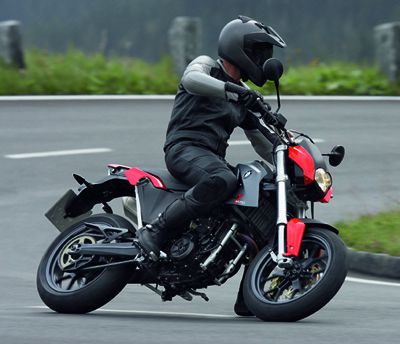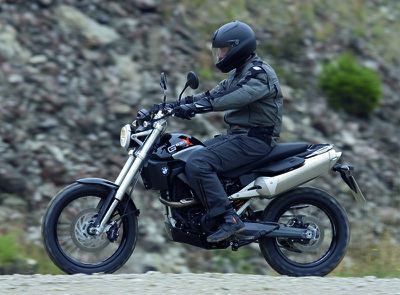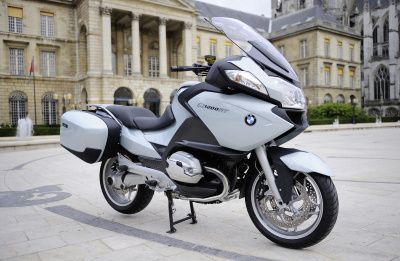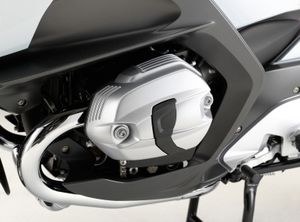 Alors que le salon de la moto et du scooter italien Eicma ouvrira ses portes à Milan dans quelques jours, les annonces nous parviennent concernant les présentations des nouveautés. Et cette fois, ce sont les pneus pour motos sportives qui seront à l'honneur, puisque deux manufacturiers ont déjà annoncé deux premières mondiales. Pirelli présentera le Diablo Rosso 2, la relève attendue du modèle actuel, un pneu "monogomme" polyvalent et stratégique pour le fabricant italien puisque couvrant une large gamme de motos, allant des hypersportives aux roadsters musclés. Le Pirelli Diablo Rosso 2 adoptera-t-il un composé multi gomme comme la plupart de ses concurrents ? Réponse à venir sur Moto-Station.com.
Alors que le salon de la moto et du scooter italien Eicma ouvrira ses portes à Milan dans quelques jours, les annonces nous parviennent concernant les présentations des nouveautés. Et cette fois, ce sont les pneus pour motos sportives qui seront à l'honneur, puisque deux manufacturiers ont déjà annoncé deux premières mondiales. Pirelli présentera le Diablo Rosso 2, la relève attendue du modèle actuel, un pneu "monogomme" polyvalent et stratégique pour le fabricant italien puisque couvrant une large gamme de motos, allant des hypersportives aux roadsters musclés. Le Pirelli Diablo Rosso 2 adoptera-t-il un composé multi gomme comme la plupart de ses concurrents ? Réponse à venir sur Moto-Station.com.Concernant Bridgestone, la nouveauté présentée à Milan sera davantage orientée haut de gamme sport, voire sport racing. Le Bridgestone Battlax R10 est conçu pour la piste mais aussi homologué pour la route. Il sera disponible en trois dimensions - 120/70 ZR 17 (58W) - 180/55 ZR 17 (73 W) - 190/55 ZR 17 (75W) - couvrant donc la plupart des sportives hautes performances actuelles.











